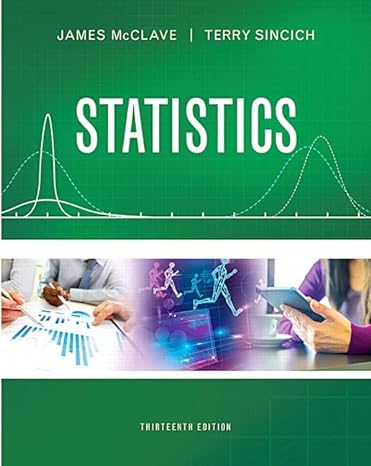Space shuttle disaster. On January 28, 1986, the space shuttle Challenger exploded, killing all seven astronauts aboard.
Question:
Space shuttle disaster. On January 28, 1986, the space shuttle Challenger exploded, killing all seven astronauts aboard. An investigation concluded that the explosion was caused by the failure of the O ring seal in the joint between the two lower segments of the right solid rocket booster. In a report made one year prior to the catastrophe, the National Aeronautics and Space Administration (NASA) claimed that the probability of such a failure was about 1•60,000, or about once in every 60,000 flights. But a risk-assessment study conducted for the Air Force at about the same time assessed the probability to be 1•35, or about once in every 35 missions.
(Note: The shuttle had flown 24 successful missions prior to the disaster.) Given the events of January 28, 1986, which risk assessment—NASA’s or the Air Force’s—
appears to be more appropriate?
Step by Step Answer:

Statistics Plus New Mylab Statistics With Pearson Etext Access Card Package
ISBN: 978-0134090436
13th Edition
Authors: James Mcclave ,Terry Sincich





